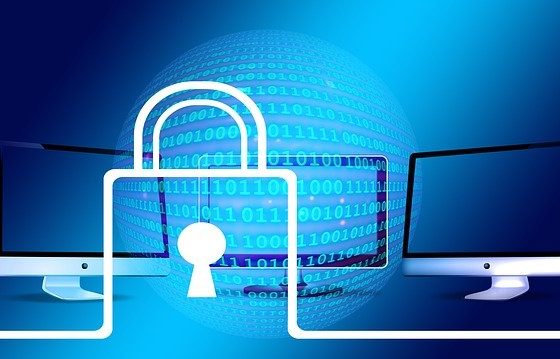Digital files seem to be a necessity for a professional worker or student. In our ever-changing society, digital files are created, stored, and accessed in different storage systems and technologies such as cloud and magnetic discs.
Yet we may overlook that these services have limitations too; they could also be collapsed, damaged, or lost; data and information could also be altered, manipulated, or even stolen from the various threats over the world of cyber and digital technology.
Now that essential data, information, and files are stored virtually and digitally amid this pandemic. We need to be aware of the potential threats to these. One harmed data can cause a huge undesirable impact.
As someone who doesn’t want to let this happen, we should be informed. To provide you with the most common digital file threats you should know, check it out:
Unauthorized Access
The Information Organization for Standardization (ISO) has defined information security as preserving the integrity, confidentiality, and availability of information. When someone is not allowed to access the information in your files, then the information security is failed.
Unauthorized access of information leads to stealing the confidentiality of information from which could be used by the unauthorized user soon.
Lots of companies are focusing on this as data and information are the foundations of the businesses. Confidential, restricted, or secret information is important to be secured. In document files such as in Portable Document Files (PDFs).
They have this feature that allows the information creator to secure their content by converting it into a PDF/A file. Online tools such as PDFBear’s PDF to PDFA feature are examples that we can also use for free.
Hardware Failure
When you lose your files or documents’ physical storage device, the virtual data and information that it contains are also gone. The same goes for damaged devices and tools such as phones, laptops, tablets, computers, optical discs, and more.
Hardware failure is very common on devices that do not undergo maintenance and proper care. It is also found ordinary in countries prone to natural disasters such as flooding and typhoons. Hardware failure must be addressed beforehand as calamities, mishaps, and other circumstances are unpredictable sometimes.
If you are working, especially in areas prone to floods, make sure you have the backup storage systems for your data and information. Some techniques, such as having device cases, using cloud storage online, and having various storage devices, are used.
Computer Sabotage
The Internet is widely used worldwide, most especially in these times that people are urged not to have much physical contact because of the current pandemic. We do not know how computer attackers over the Internet can degrade our information security behind the scenes of the typical cyberworld contexts.
Computer sabotage is done when hackers pretend or act as a legitimate source, sending electronic mails to your account, popping enticing notifications on random websites, and more, sabotaging your computer to extract the data and information stored in it.
They use various strategies and techniques to execute this, such as phishing and pharming. Many are used to get the victim’s bank accounts or get confidential data or information in a company.
Computer sabotage is done through the deliberate attacks of malware such as viruses, worms, and trojans that are not just getting your information and corrupting your files but also degrading your device and computer’s performance as they dominate its systems and space.
Social Engineering
Executed online, social engineering is a medley of social, psychological, and digital techniques to steal information from the potential victims and use their information to the advantage of the stealers.
Somewhat similar with the purpose of computer sabotage on getting the information through acting as a legitimate source, sending emails to your electronic mail account, and more through phishing and pharming.
The difference is that they do not need to sabotage the device of the victim as their asset is to manipulate its mind and perception. Social-engineered techniques are used to get essential information, such as bank accounts, device passwords, online business credentials, and a lot more.
To prevent this from happening, be informed about the things you check on, filtering the legitimacy of your online transactions and activities.
Conclusion
In our constantly changing world, we need to be holistically aware of the things that are among the digital, virtual, and cyber worlds. As we embrace, enjoy, and rely upon the perks of online and digital file storage, we must also be informed of the potential problems and conflicts that might occur over the years that will elapse.
From knowing digital file threats, you will initially achieve your information and file security.

